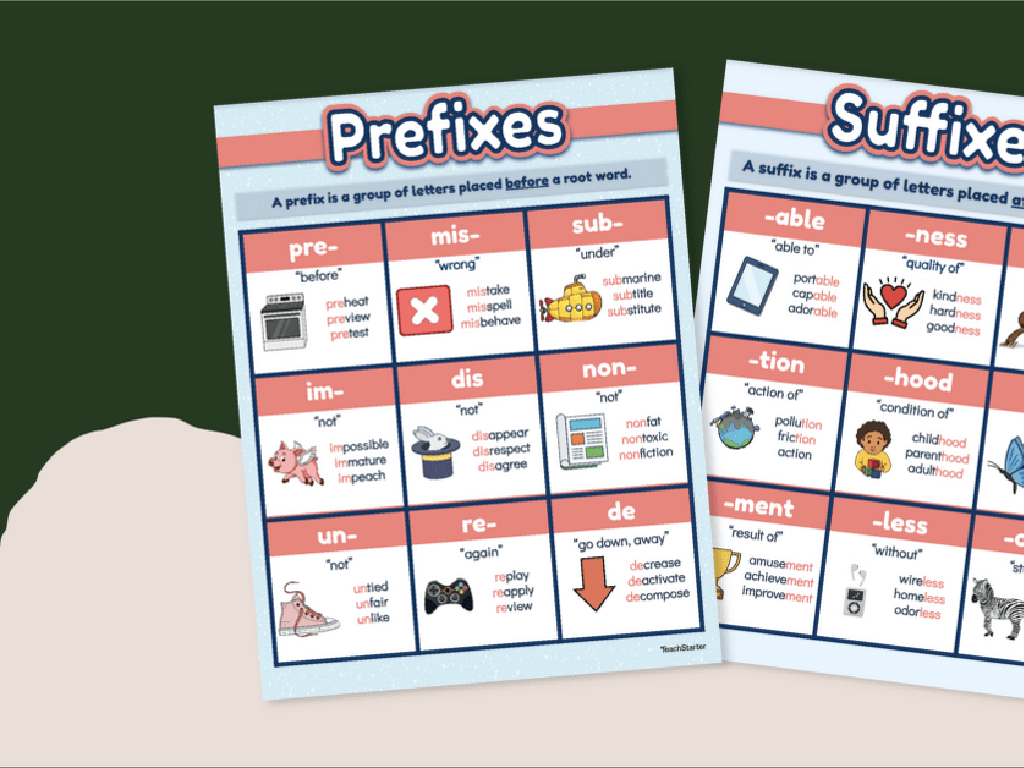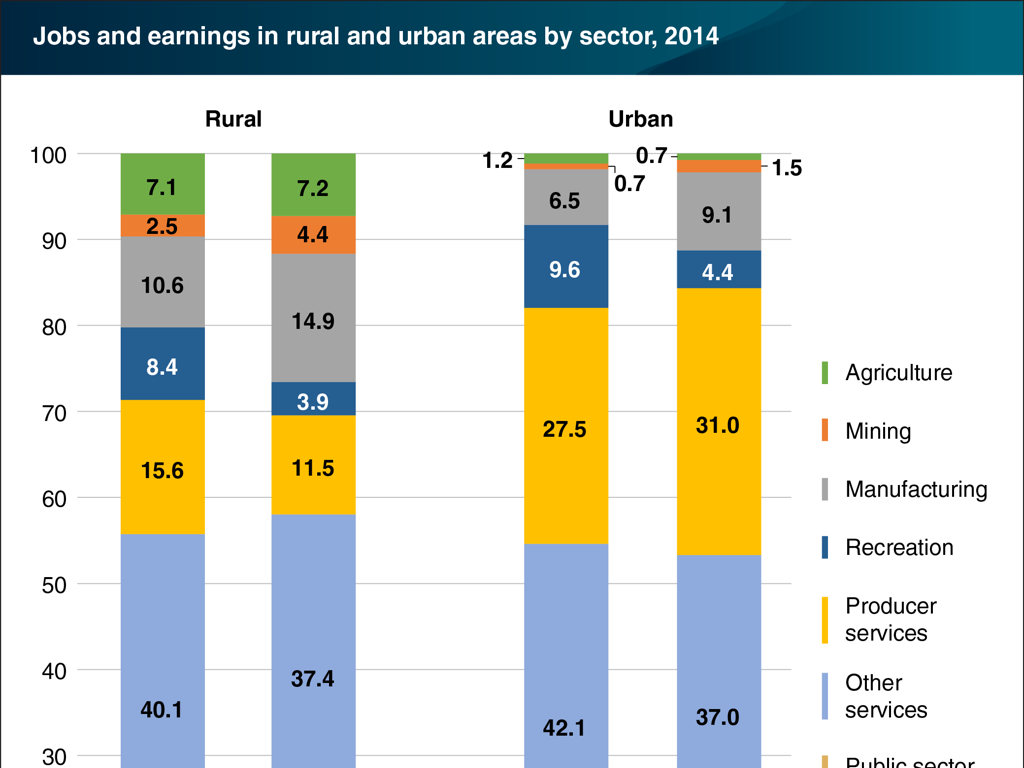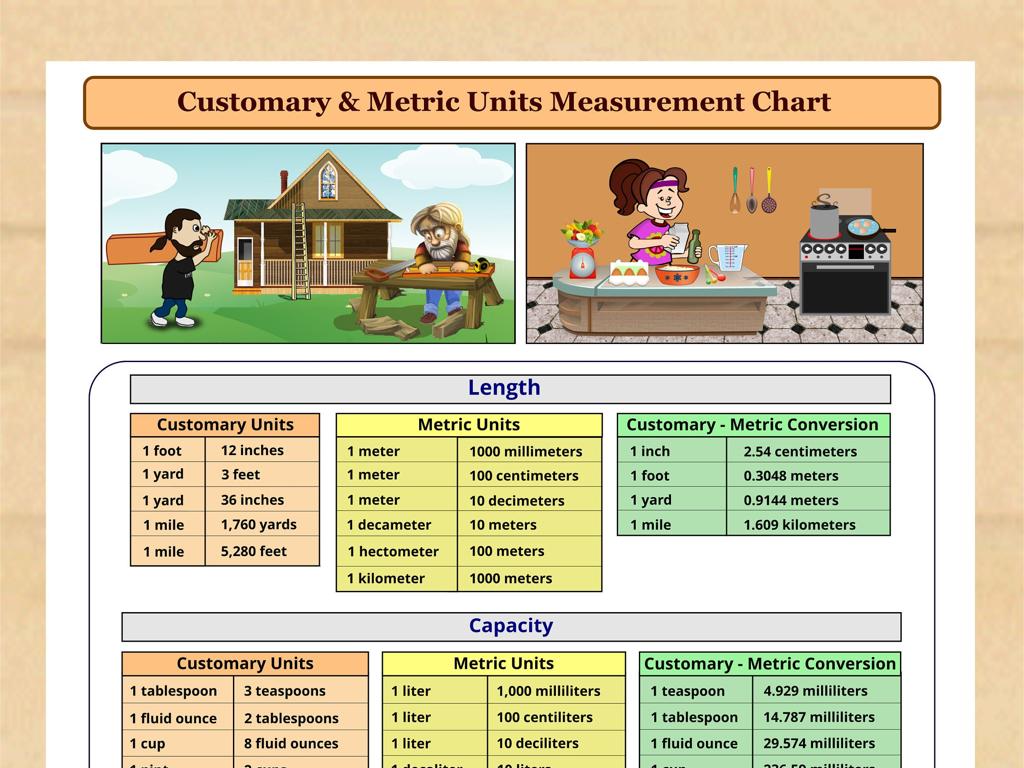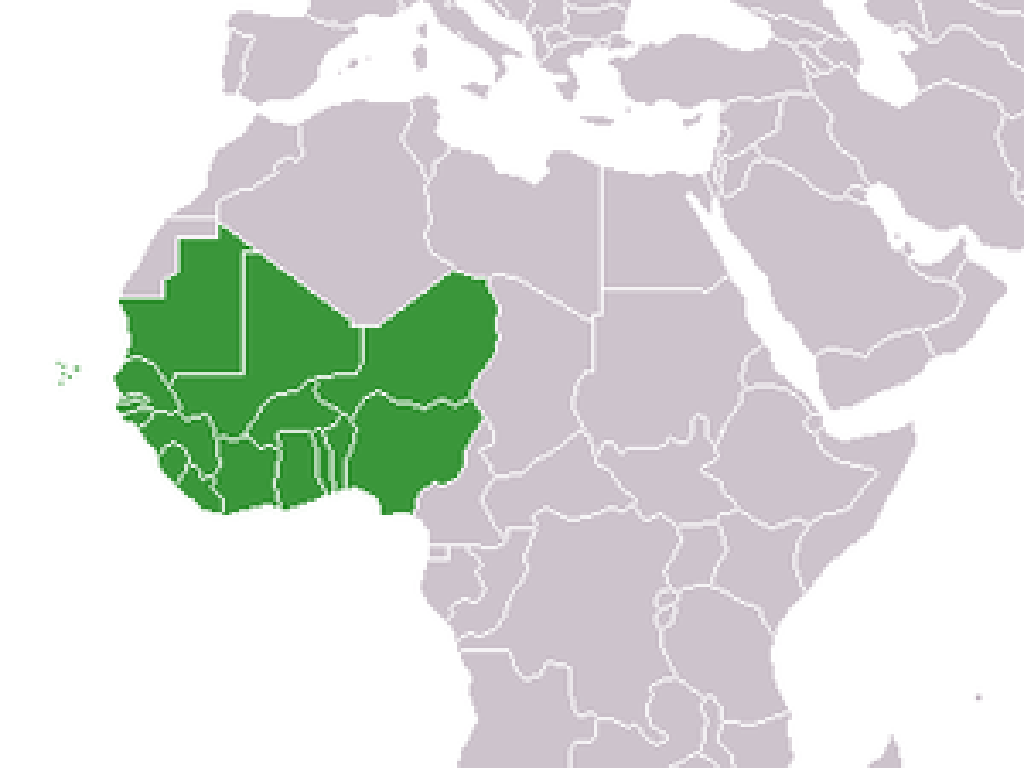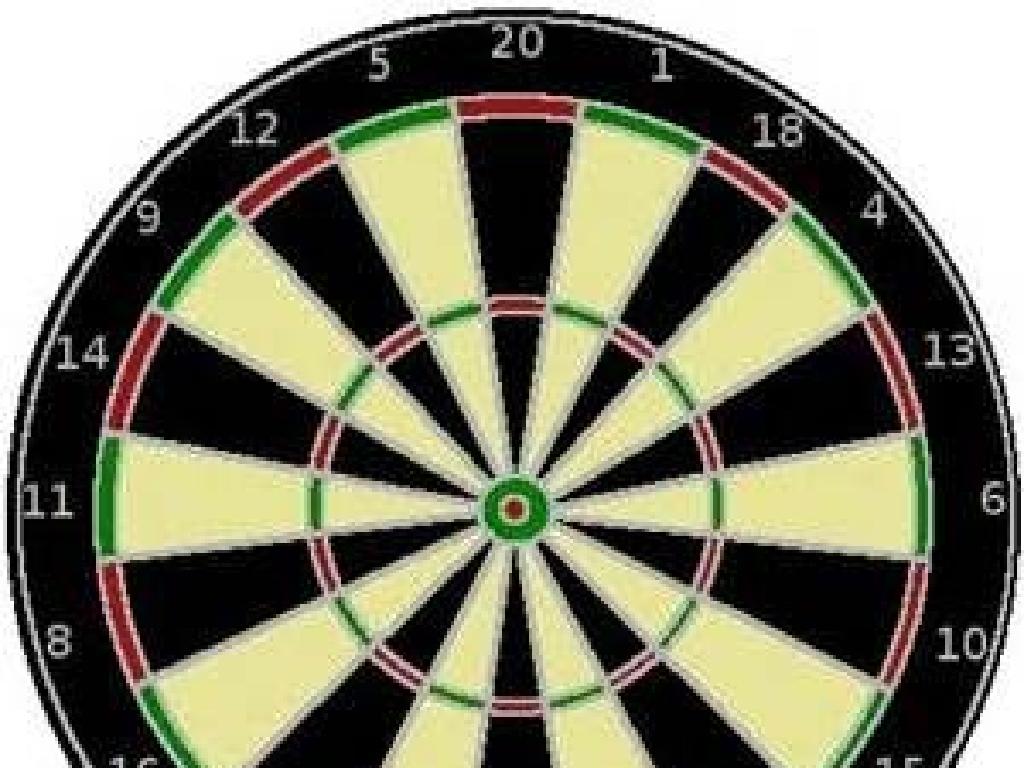Months Of The Year
Subject: Social studies
Grade: Kindergarten
Topic: Ordering Events
Please LOG IN to download the presentation. Access is available to registered users only.
View More Content
Welcome to the Months of the Year!
– Learning the 12 months
– What month is it today?
– Let’s look outside, what’s the weather like?
– Months mark events
– Birthdays, holidays are in certain months
– Practice saying the months
– We’ll say them together as a class
|
This slide introduces the concept of months to Kindergarten students. Start by explaining that there are 12 months in a year and these months help us organize our time. Ask the students if they know the current month to engage them and make the lesson interactive. Explain that knowing the months helps us understand when events happen, like birthdays or holidays. Practice the months by saying them aloud, which helps with memorization. Incorporate singing the months of the year to make it fun and easier for the students to remember. You can also use a calendar to point to each month as you say it. Encourage the students to share what special events they celebrate in different months.
Learning About Months
– What is a month?
– A month is a time period in our calendar
– Counting the months: 1 to 12
– Let’s count together from January to December
– Every month has its own name
– Like January, February, March, and so on
– Months make up a year
|
This slide introduces the concept of months to Kindergarten students. Begin by explaining that a month is a unit of time that we use to organize our calendar, just like minutes and hours help us know what time of day it is. There are 12 months in a year, and each one has a unique name and place in the order from January to December. Use visual aids like a colorful calendar to help students memorize the names of the months. Engage the class by counting the months together and possibly singing a song that includes the names of all the months. Emphasize that understanding the months and their order is important for knowing when events happen throughout the year.
The 12 Months of the Year
– Let’s learn the 12 months
– Repeat each month’s name
– January, February, March, and so on
– Find your birthday month
– Share which month you were born in
– Months order in a year
|
This slide is aimed at helping Kindergarten students learn and memorize the 12 months of the year. Start by reciting the months in order, encouraging the children to repeat after you to improve retention. Engage with the students by asking them to identify the month of their birthday, which personalizes the learning experience and makes it more interactive. Emphasize the sequence of the months, as understanding the order is crucial for grasping the concept of time and event ordering. Use visual aids like a calendar if possible to help them associate the names with the correct sequence.
Seasons and Months
– Months grouped by seasons
– Winter, spring, summer, fall each have specific months.
– Match months with seasons
– Which months are in winter? Can we find spring months?
– Seasonal clothes and activities
– We wear coats in winter and shorts in summer!
– Discuss our favorite season
– Share what we love about each season and why.
|
This slide introduces the concept of seasons and how months are categorized into these seasons. It’s important to use visual aids like pictures of the seasons and associated activities to help kindergarteners understand. Encourage them to think about what they wear and what they do during different times of the year. This will help them connect the abstract concept of months and seasons with their own experiences. Have them match the months to the correct season and discuss as a class. Ask them about their favorite season and what they like to do during that time, which will make the learning process interactive and personal.
Months Help Us Plan
– Months track holidays and events
– Count months to special days
– How many months until your birthday?
– Discuss favorite events
– Birthdays, holidays, seasons
– Learn months order
– January to December sequence
|
This slide is aimed at helping Kindergarten students understand the concept of months and how they relate to planning and anticipating events throughout the year. Start by explaining that there are twelve months in a year and these months help us know when to celebrate special occasions like birthdays and holidays. Engage the students by asking them to count the months until their next birthday or a holiday they enjoy. Discuss various events that occur throughout the year and which month they happen in. Finally, teach them the order of the months from January to December. Use a calendar to visualize and reinforce the sequence of months and the cyclical nature of the year.
Ordering the Months of the Year
– Starting with January
– Ending with December
– Practice saying the months
– Let’s say them together: January, February, March, and so on.
– Understand the year’s cycle
– Each month has its own place in the year.
|
This slide is aimed at helping Kindergarten students learn the correct order of the months in a year. Begin by explaining that the year starts with January and ends with December. Practice the sequence of months aloud with the class to reinforce their learning. Use a calendar with pictures to visually show the progression of months. Encourage the children to think about events or holidays that happen in each month to help them remember the order. Make it interactive by having them repeat the months after you, and perhaps sing a song to make it fun and memorable.
Class Activity: Months of the Year Train
– Let’s build a Year Train!
– Each student gets a month carriage
– Find your month and decorate it
– Connect carriages in order
– January starts, December ends
– Work together as a class
– Help each other, make a train
|
This activity is designed to help Kindergarten students learn the months of the year in a fun and interactive way. Each student will receive a paper train carriage with the name of a month on it. They can then decorate their carriage with drawings or stickers. Once everyone is ready, the class will work together to place the carriages in the correct order to form a complete ‘Months of the Year Train’ around the classroom. The activity encourages teamwork and helps students to understand the sequence of the months. For students who finish early, provide additional activities such as coloring a picture representing their month or writing down major holidays that occur in their month.
Wrapping Up: Months of the Year
– Congratulations on learning the months!
– Now we can order and plan events
– Let’s recite the months together
– January, February, March, and so on
– Practice makes perfect
– Keep practicing to remember all months
|
This slide is meant to congratulate the students on their achievement in learning the months of the year. It’s a recap that emphasizes their new ability to order events in time and plan accordingly. Encourage the children to proudly recite the months of the year one more time, reinforcing their memory through repetition. Remind them that practicing these new skills will help them remember better. You can also suggest that they practice at home with their families. Celebrate their success and encourage them to keep practicing to solidify their understanding.

